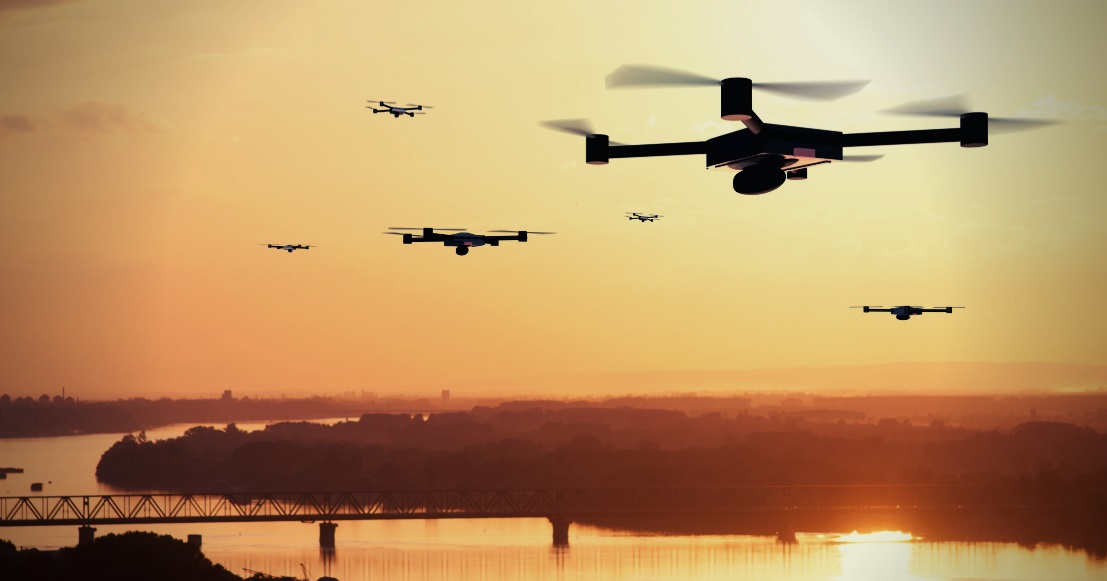Successful Kidney Transplant Saved By Drone Delivery

More and more, we’re seeing drones being developed for medical use. If the end goal is to improve the West’s drone infrastructure to the point that drone delivery becomes feasible, it’s a good way to start, since there’s clearly more incentive to improve the speed of transporting important medical supplies than there is for consumer goods. Especially since medical supplies need to be as fresh as possible and may often need to arrive by a specific time in order to save a patient’s life.
Though there have been many recent examples of successful medical drone delivery, none have been quite so dramatic as the one that took place at 12:30 AM on April 19th. The drone – a custom unmanned aviation system developed by physicians, researchers, and aviation and engineering experts from the University of Maryland School of Medicine – delivered a kidney three miles, traveling from a neighborhood in southwestern Baltimore to the nearby hospital.
The kidney was then successfully transplanted into a 44-year-old Baltimore woman. Because of the success of this operation, she left the hospital this Tuesday after spending eight years on dialysis. This is the first-ever drone delivery of an organ that was then successfully transplanted into a patient, and some believe it may become the first of many.
Matthew Scassero, director of the Unmanned Aircraft Systems Test Site at the University of Maryland, said in an interview with WTOP that “It’s huge. We knew from the very first time that we met with Dr. Scalea, and he suggested the idea of what he wanted to do — we knew it would be earth-shattering and life-changing, and it really has become that.”
Scassero continued: “Just in kidneys alone, every year in the United States, they throw away 2,700 kidneys a year because they can’t get them to the patient fast enough and they just can’t use them. We’re going to be able to save those organs, get them there quicker and get them into patients when they’re still viable. So, that’s 2,700 more patients that live, because those people who don’t get organs, they die.”
Aviation and engineering experts at the University of Maryland, transplant physicians and researchers at the University of Maryland School of Medicine in Baltimore, and the Living Legacy Foundation of Maryland (a nonprofit that facilitates organ and tissue donation and transplantation) all worked together to make the historic flight happen.
The Federal Aviation Administration and Baltimore police also had to agree to allow the flight, since the FAA still has strict laws about flying a drone over American cities. “The great thing,” Scassero explains, is that “because of the type of mission we were doing — humanitarian, for people — it was actually fairly easy to get everybody to nod (in) agreement that we need to do it.”

Typically, donor organs are transported by airplane – a charter or commercial flight, depending on the circumstances. But busy air traffic and the logistics of securing such a flight can cause significant delays. What’s more, sometimes the essential organ is left on the plane itself and doesn’t make it to the destination in time. According to the United Network for Organ Sharing, 1.5 percent of donor organ shipments do not make it to their intended destination while 4 percent of such shipments have unexpected delays of two or more hours. It may not sound like much, but every percentage point counts when we’re talking about human lives.
The drone flight, conversely, took a mere five minutes and could fly directly from the donor to the hospital. That’s a huge time savings. And we can only hope it will lead to another sort of savings – that of lives – in the near future.






How many accidents have drones been involved in?